|
Clambering into a long boat on the banks of the river Pai, I am anticipating what we will find in the Kayan Village on the other side. The team from the Cross-Cultural Co-Creation Association is taking an initial trip to visit Huay Pu Keng village, near Mae Hong Son in Northern Thailand. The beautiful river is flowing, the hills and jungle are dense around us, and the villagers are awaiting our arrival.
The villagers are in fact Burmese refugees who fled the persecution of minority groups in Burma. Instead of living in refugee camps, as many people do, the Thai government decided to create several tourism villages, to make money from the unusual 'long necks' of the refugee women. Many families are here, unable to leave as they are still refugees, making a small living from tourism. Inform yourself about the complex situation in Huay Pu Keng: please explore this website. Cara, the mastermind behind Ways Of Change, was instrumental in connecting us with Huay Pu keng, as she has worked with the village for the last 6 years. She witnessed the disconnected dynamics of the tourism here, but believed that the villagers themselves should feel comfortable to come and ask for her help before she herself can suggest any changes. She was thrilled when the village chief finally asked her for help to improve the tourism, as for the changes to work, all parties must be on board 100%. Cara loves the phrase 'mutual empowerment'! We have come to create a unique kind of visitor experience. Our goal is to have an initial conversation event with the people of the village, so that we can eventually discuss with them new ways of mutually empowering villagers and visitors alike. To begin, we organise conversation games to get to know each other a little, so that the villagers feel comfortable talking to us and getting involved. There are around 44 villagers of different ages who eagerly participate, and the atmosphere is jovial and relaxed. Our wonderful translators (the villagers speak Kayan language), are Imo and LikeYu. The Co-Creation team has 10 team members and associates come to participate and meet the villagers, and Cara is with us (mentioned above). The first game brings us all together and breaks the ice. Four of the Co-Creation team hold up flash cards with different colours printed on them, and the participants all move towards their favourite colour. This allows some smiles and introductions, and is accompanied with lots of laughter. We do the same with pictures of animals and fruit. We then split up into groups: the visitor group, the 'grandparent' age villagers, 'parent' age and 'youth' age. The youths automatically split themselves into boys and girls. We all have sheets of paper and marker pens, and work together to answer the question: ''What does it mean to be a good grandfather in your culture?''
Some very interesting ideas come up during the presentations. The Co-Creative teams' list is mostly based around things that the grandfather does for the grandchild, such as giving gifts, going on outings and telling stories. The villagers see the role of the grandfather more like the patriarch of the society: they are role models for their children and grandchildren. He sets the tone of behaviour for his family and community, and therefore for the nation as a whole. Some interesting insight from a village grandfather: ''We do not have money to buy our grandchildren treats or take them places. Our role is here in the village with what we have.'' After this discussion we take a break and hand around fruit and drinks to the participants. This is our opportunity to talk to the villagers, ask our own questions and relax a little in each other's company. We then move on to the second conversation: ''If you had the time and easy language ability, what would you love to talk about with visitors (or villagers)? For example: questions you would ask, knowledge you would share, advice you would give, things you would like to learn about.''
To finish the day we all sit around in a big circle and each participant says one word to describe how they feel about the day's event. Some of the villagers say a little more, such as the man who describes how much money he would have made in his shop that day (300 baht - around £6), but he got more 'knowledge' and 'value' out of spending time with us. And the man who said that we had come so far, and he feels that we must 'love' them. Beautiful sentiments. Other words the participants say to describe the day are: happy, wonderful, satisfied, sharing, curious and connection: thoughtful words that are extremely encouraging. One man says ''coming back again'', and we all feel a sense that this is truly the beginning of something big! As a gift to the villagers we distribute a 'love note' to each of them: a paper love heart in plastic coating. This is a thank you to them for participating; a keep-sake for them to remember us; an intention that we will come back again. The next time we visit they will receive another, and another, and another, and one day they can perhaps be used in exchange for something of value to them, such as transportation or an English lesson. We have a big group photograph taken with all participants proudly displaying their love notes We spend around an hour looking around the village, speaking to the people and getting to know the place a little better. Some of us buy scarves: they take a day to make and it looks like hard work. We watch some of the women working on them as we are walking around. I also buy a handmade bamboo cup, a lovely souvenir. We speak to one of the elderly ladies about her neck coil. She tells us it was her choice to have her neck coil: she wanted to have one because it preserves the Kayan culture. She had not taken it off for 12 years and it takes many hours to put it on and take it off. Our first visit has come to an end and as we are leaving, one of the village women gives us each a small gift of bracelets or other trinkets to take with us. An extremely touching gesture that was totally unexpected. We depart on those glorious long boats and look forward to the day we are ''coming back again'' to continue our captivating conversations. I created the following video about Our First Visit to Huay Pu Keng. This is my first attempt at making a video ever, so it is far from perfect, but I am quite proud of it! If you have any advice for me of how to improve my video making skills (especially the sound quality!) I would love to hear from you. Contact details below. Enjoy! (By the way the name of the project has now been changed from the Pai Co-Creation Project to the Cross-Cultural Co-Creation Association!)
Follow the progress of this fascinating initiative and maybe even get involved! Get in touch with me and let me know something about yourself. We would love you to share your ideas and join the discussion about co-creative tourism in Thailand and around the world. Contact me or comment below!
0 Comments
Leave a Reply. |
ArchivesCategories |
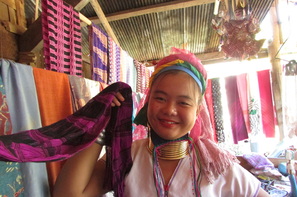
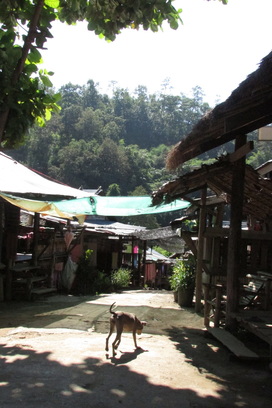
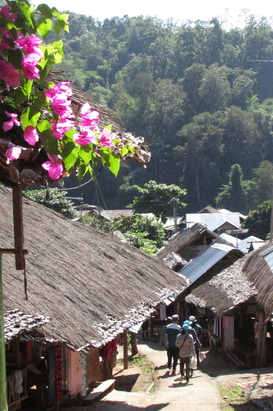
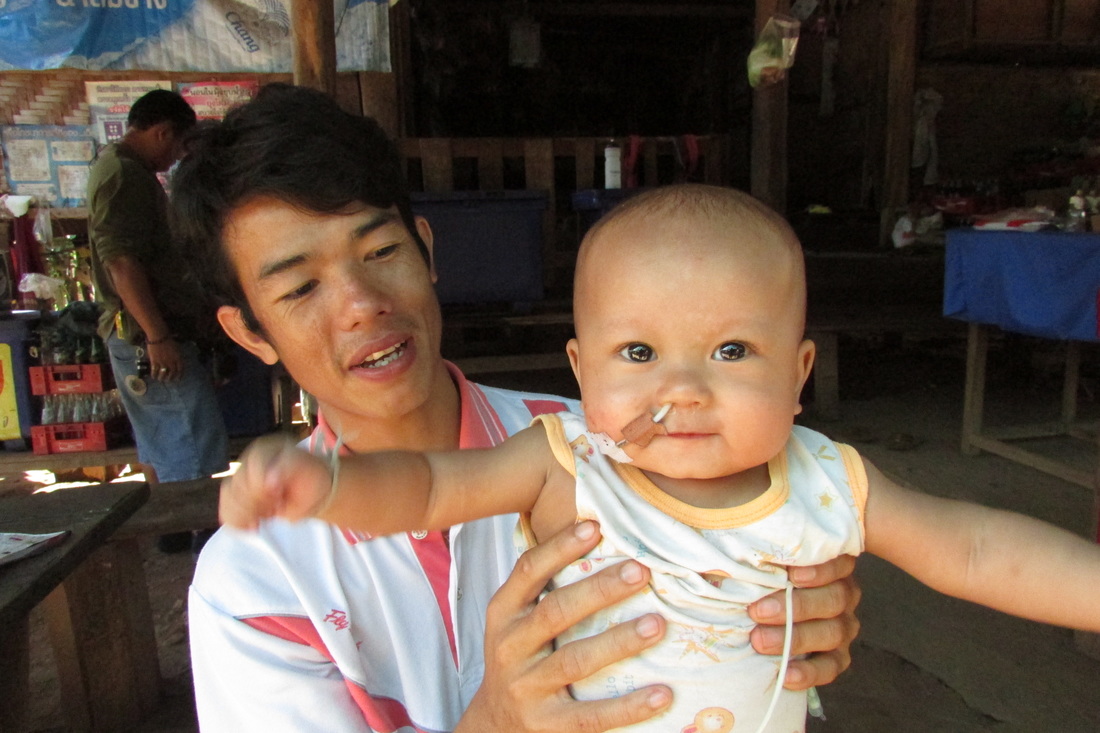
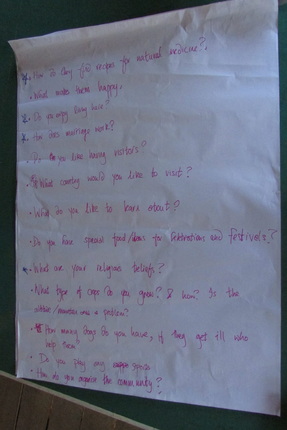
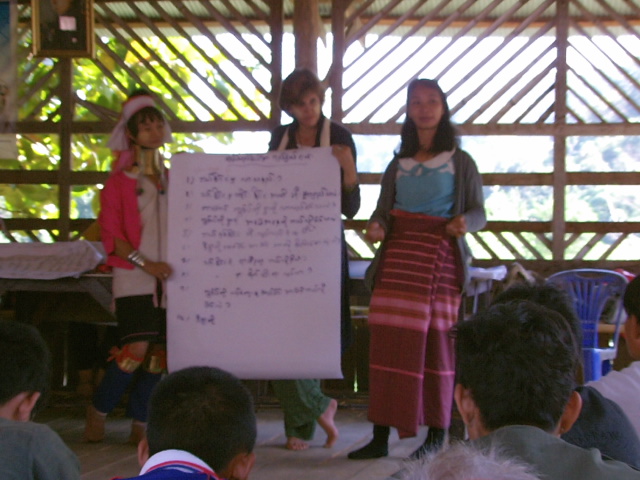
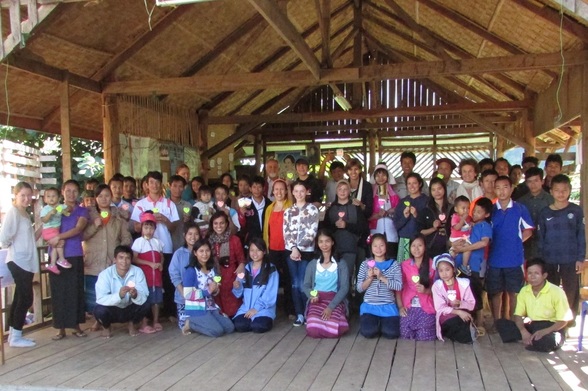
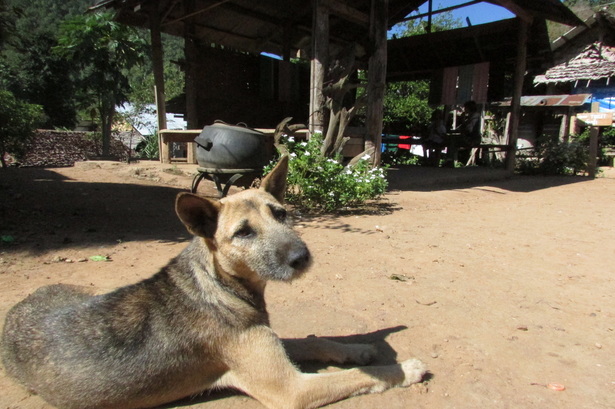
 RSS Feed
RSS Feed